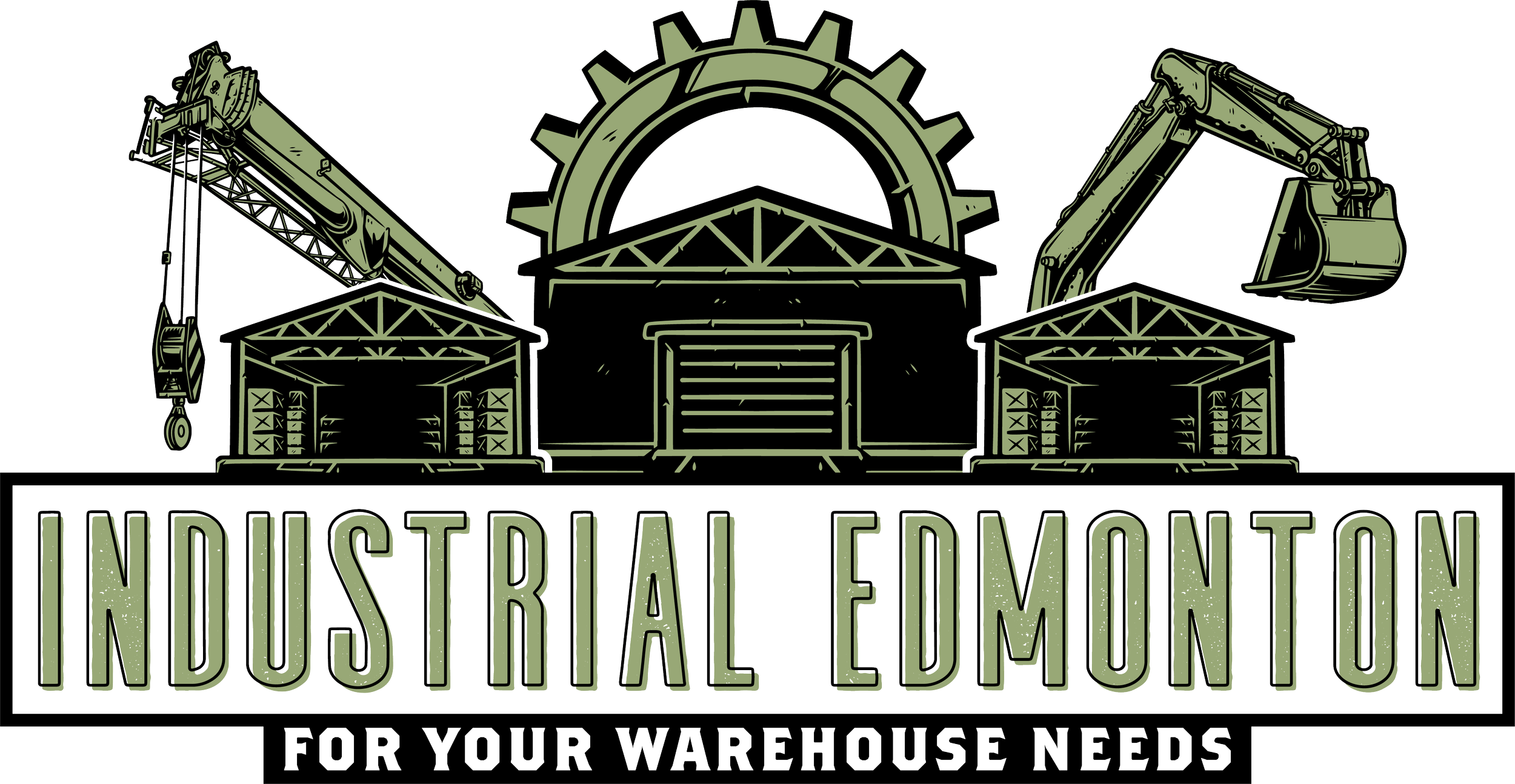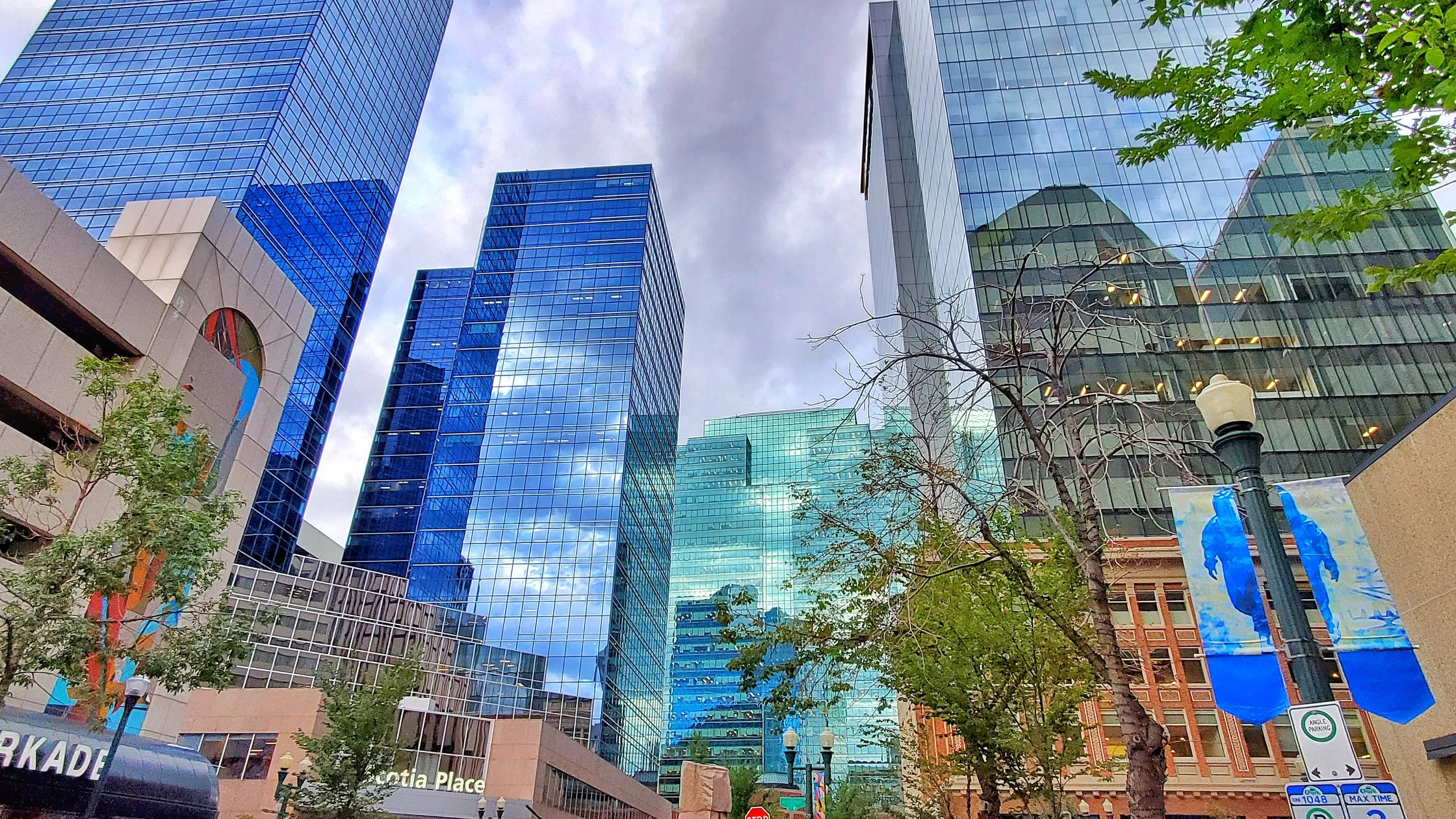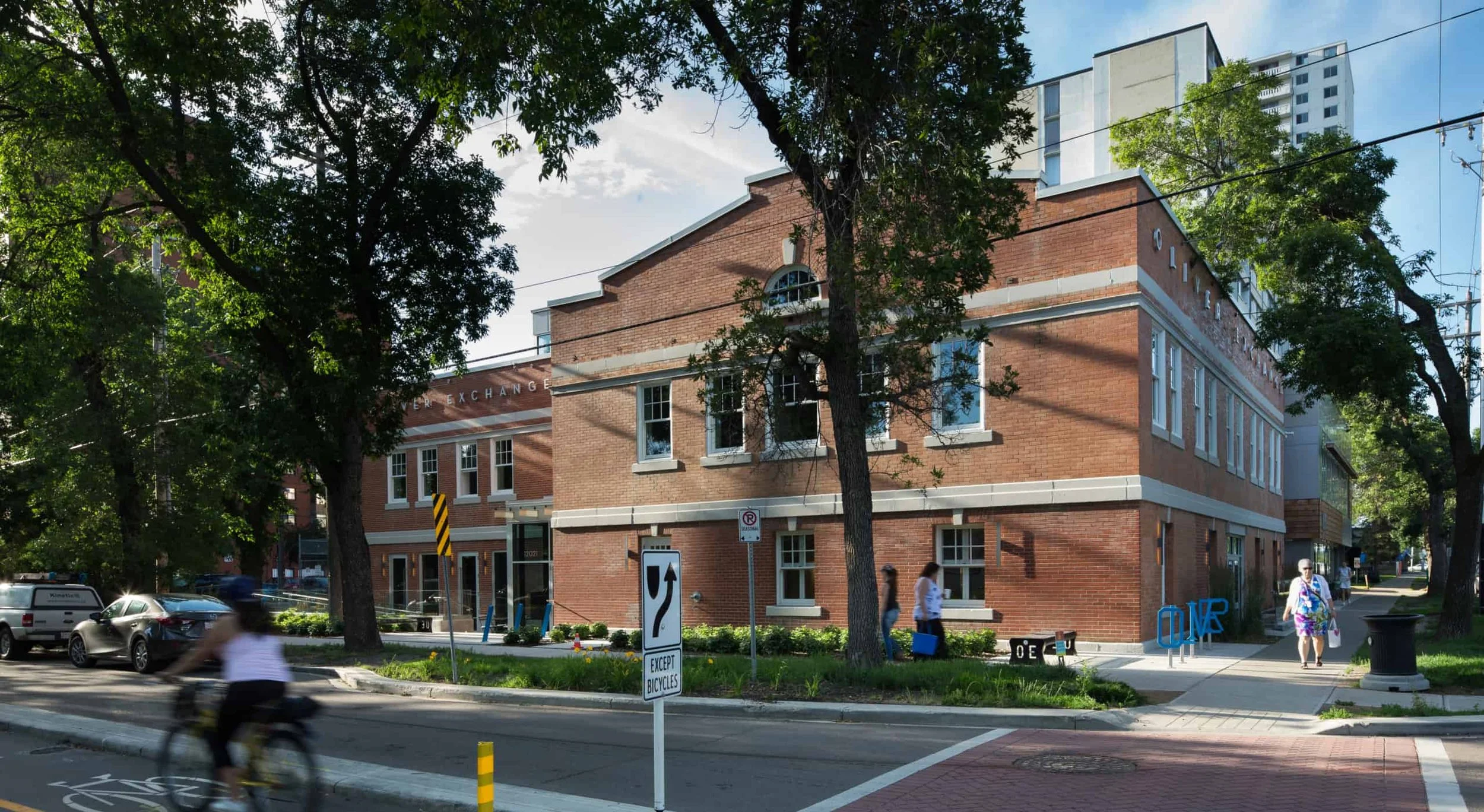7 Different Types of Commercial Real Estate
Working in the commercial real estate industry, you get a perspective of how large and multi-faceted this industry is, with hundreds of different jobs, roles, motivations, and ultimately types of assets that are managed, maintained, invested in, leased, and developed. For many outside of the industry, commercial real estate can seem like a "linear concept”, but it is far from that. In 2021, the estimated value of the global commercial real estate market was approximately 33.6 trillion U.S. dollars. Commercial real estate is a physical asset that has so many purposes from the ground up - whether to create places for the community, provide a means to manufacture and distribute goods, be an incubator for a startup, or provide a beautiful and relaxing vacation atmosphere. The scale and scope of the commercial real estate industry, not to mention the global impact it has, is impossible to quantify.
Now I am often asked to explain what commercial real estate is in comparison to other real estate types, or as a general question. The biggest misconception is that commercial is a separate type of real estate to, for example, industrial real estate, when in fact it is the catchall term for many different types of property that make up this vast industry. To simplify this, I have outlined seven of the main commercial real estate types that are invested in and analyzed by industry members and partners.
1. Office
Like multifamily properties, office buildings are also designated to low, mid, and high rise based on their size. Office buildings are usually loosely grouped into one of three categories: Class A, Class B, or Class C. These classifications are all relative and largely depend on context—i.e. the location of the building and health of its surrounding market. Class A buildings are considered the best of the best in terms of construction and location. Class B properties might have high-quality construction, but with a less desirable location. Class C are those that might be fairly dilapidated and in an unfavorable location. In many markets, Class A can be subdivided into sub-categories such as Prestige, AAA, AA and A. Generally office space is also broken down by its location:
Central Business District (CBD): Office buildings located in the heart of a city. In larger cities, these buildings would include high rises found in downtown areas.
Suburban Office Buildings: generally includes mid-rise structures of 80,000-400,000 square feet located outside of a city center. Cities will also often have suburban office parks which assemble several different mid-rise buildings into a campus-like setting.
2. Industrial
These buildings typically have considerable square footage, dock or grade loading doors, high ceilings, several HVAC units and points of electrical distribution (often 3-phase) and other installed features such as cranes, refrigeration units, etc. Subcategories include:
Manufacturing Facility: This type of building is used to produce goods or materials and is categorized as either a heavy manufacturing facility or a light assembly facility. A heavy manufacturing facility tends to fabricate larger, heavy-duty products and has large machinery and equipment. Conversely, a light assembly facility tends to be smaller and simpler, producing or storing lighter goods . Heavy power, cranes and large grade loading doors are often important.
Distribution Warehouse: This type of building is used for general storage and distribution of goods. The layout tends to be an open space, where the ceilings are very tall (28’ - 40’ clear) open to the roof’s interior structure. This helps to accommodate high freestanding or installed rack systems. Some warehouse spaces may be dedicated truck terminals (also called a cross dock), where goods are loaded from one truck to another, and have less square footage for storage space. Dock loading doors and marshalling area, as well as trailer storage are all important for these users. This building can be refrigerated for special purpose goods, and can be as large as 1,000,000+ SF for e-commerce giants.
Showroom: Industrial showrooms are a bit of a hybrid between office, retail, and warehousing. This product allows manufacturers to showcase their goods in a more retail setting while having back-end office with shipping and distribution, too. When thinking of showrooms, picture car dealerships and household goods distributors (Home Depot) where they aim to show, sell, and operate from a single location. Showrooms are often situated where they can achieve high visibility and easy access for consumers.
Flex: A building that combines more than one use in a single facility is considered a flex commercial property. An example is an office space combined with and a light manufacturing facility. The identifying factor for this type of property is the amount of office space. There is always more office space in flex buildings than in other types of industrial properties
3. Retail
This type of property is where goods and/or services are sold to customers, often designed to provide an experience to the end user. Most retail spaces have ample parking areas and bordering sidewalks, while some may have escalators, elevators, and covered parking structures. Subcategories include:
Strip / Shopping Center: smaller retail properties that may or may not contain anchor tenants inline with a mix of small retail stores, like restaurants, salons, etc. An anchor tenant is a larger retail tenant which usually serves to draw customers into the property (Ex. Wal-Mart or Home Depot).
Community Retail Center: normally in the range of 150,000-350,000 square feet. Multiple anchors occupy community centers, such as grocery stores and drug stores, and commonly one or more restaurants.
Power Center: has several smaller, inline retail stores, but is distinguished by the presence of a few major box retailers, such as Wal-Mart, Lowes, Staples, Best Buy, etc. Each big box retailer usually occupies between 30,000-200,000 square feet, and these retail centers typically contain several out parcels.
Regional Mall: Malls range from 400,000-2,000,000 square feet and generally have a handful of anchor tenants such as department stores or big box retailers.
4. Multifamily
Multifamily properties are the go-between for residential and commercial real estate. While they can serve primarily as a residency, the general purpose for the property type is for investment (owner-occupied or not). The multifamily asset class includes everything from a duplex up through a multi-hundred unit apartment building.
Garden Apartments: Suburban garden apartments started popping up in the 1960s and 1970s, as young people moved from urban centers to the suburbs. Garden apartments are typically 3-4 stories with 50-400 units, no elevators, and surface parking. Essentially, it is a collection of low-rise apartment buildings on one piece of property, those of which may share yard or other land space.
Mid-Rise Apartments: These properties are usually 5-12 stories, with between 30-110 units, and elevator service.
High-Rise Apartments: are found in larger markets, usually have 100+ units, and are professionally managed. The number of stories is less explicit for high-rise buildings, but typically once you exceed 10-12 stories, most markets will consider the building as a high-rise. Once a high-rise building exceeds 40 stories and meets a certain height, it’s generally considered a skyscraper
5. Hospitality
Hospitality real estate largely exists to serve travelers, both for business and pleasure. While they can also include entertainment, such as water parks, these projects are often hotels or temporary-stay residences. These assets can range from your typical drop-in motel to large resorts. Examples include: full service hotels, limited service hotels (boutique) and extended stay hotels.
6. Land
Land, self explanatory, can be diversified by its zoning, location, size and previous use, as outlined below:
Greenfield /Agricultural Land: Greenfield land refers to undeveloped land such as a farm or pasture. Within this bucket would be different types of agricultural land as well, like orchards, animal farms, ranches, and more.
Infill Land: Infill land is located in a city that has already been developed but is now vacant. Infill is strictly associated with the development of real estate in urban locations.
Brownfield Land: Brownfields are parcels of land previously used for industrial or commercial purposes but are now available for re-use. These properties are generally environmentally impaired, or at the least, are suspected of being so due to previous commercial uses.
7. Mixed Use/Special Purpose
The types of properties that don’t fit neatly under the classic asset classes outlined above. Some examples may include: amusement parks, parking lots, self storage, stadiums, theaters, etc.
The above outline is not all-encompassing. Within each asset class, there are many more derivations that can be elaborated upon. Each asset class has unique user groups, management and maintenance needs, environmental standards and goals, and investment strategies. Many people spend their lives focussing on one or a few of these assets due to the scale of information on each. Let this Coles Notes be the starting guide to further education in the field of commercial real estate.
Source: Reonomy




